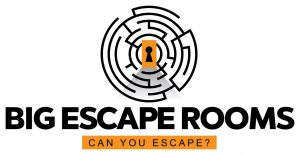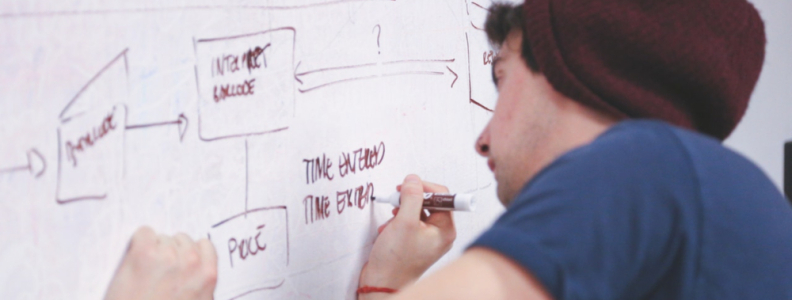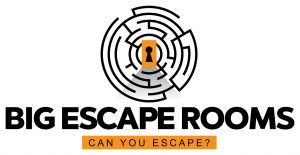Ultimate Guide: Designing Escape Rooms
As I have come into working at Big Escape Rooms, I’ve realized a few things about the job. The work is fun! Game guiding presents a unique way to interact with customers in a much more meaningful way than scanning their items and telling them to ‘have a good one’. I also really enjoy that I am allowed to bring my own energy and personality to work. But I personally crave assignments where I can let my creative juices flow, so the team offered me a proposition – Design an Escape Room game yourself! Challenge accepted!
While there are numerous ways to go about it, I’ve learned that following these steps can make the difficult task of designing an escape room 10x easier! So here goes nothing! Here are 10 ways to get started on creating your very own Escape Game experience!
1: Start Off Simple
Creating an escape room can seem like a daunting task; there are a ton of components that come together to form a unique escape game experience. Don’t let that intimidate you. Start your design off by thinking of the most basic components of the room – the theme! You don’t have to have a theme fully fleshed out, but it is a good idea to start by thinking of where you want to take people. Will they be escaping from a hotel room or a haunted hospital? Remember that the point of an escape room is to escape reality, so let your creative juices flow and take people somewhere that is exciting and fun!
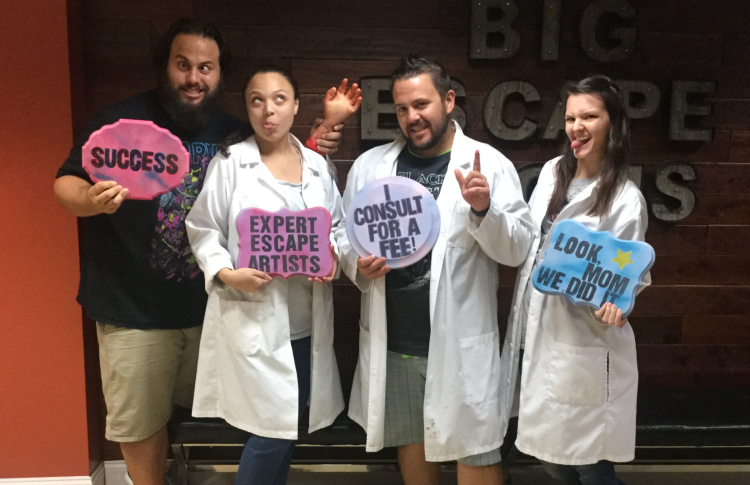
2: Now Take it One Step Further
Escape rooms are a fun and challenging game. They test both your mind and challenge you to work with other people, who may or may not think the way that you do. But escape rooms aren’t very much fun without a clear objective unless you are really into puzzles. I am not one of those individuals. I need a timer, an objective, and some sort of stake to motivate me to solve the puzzles as quickly as I can, so the most fun rooms for me are those that have really cool themes. As an aspiring designer, I try to design rooms this way. This may not suit everyone’s style, and that’s okay! As a designer, it’s up to you to design rooms that are appealing to you. It takes a lot of love to create an escape room, so it’s important to create something that you love!
3: Brainstorm Room Objectives
Once you have got the theme, you will want to start thinking of how to move people through the adventure. To do this, begin thinking of a mission that players need to accomplish and various objectives that they should complete in order to escape. If you are designing a murder mystery room, for example, you will want to think about who has died and why. Once you have these in mind, it will be easier to imagine what clues a person would need to find in order to deduce who the killer would be.
4: Flesh it Out!
Once your mission is clear, think about how you will complete it. If your mission is to stop an evil cult from reviving an ancient Pharaoh, you probably won’t have your guests solving chemical equations with elements on a periodic table. Imagine that you are stepping into the shoes of the hero of your adventure. What would he or she have to do to stop that evil cult? Once you have thought about what kinds of clues you will need in your room, you will be ready to start thinking about the flow.
5: The Hard Part
The hardest part of creating an escape room game by far is creating the flow of clues for the room. This is the part where you will really have to flesh your ideas out. At this stage, you will start mapping out where the clues will go and how players will navigate the room. Think back to your objectives. How many people can play at one time? Is the room linear or can players solve multiple puzzles at a time? It is a good idea to take note of what kind of space you have. Do you have a small or large space to work with? Can you knock out or build walls if need be?
Check out this post to see the difference between linear and non-linear escape rooms.
Create a clue map to help you figure out how your clues will flow when you design an escape room game. They can even be as simple as something like this:
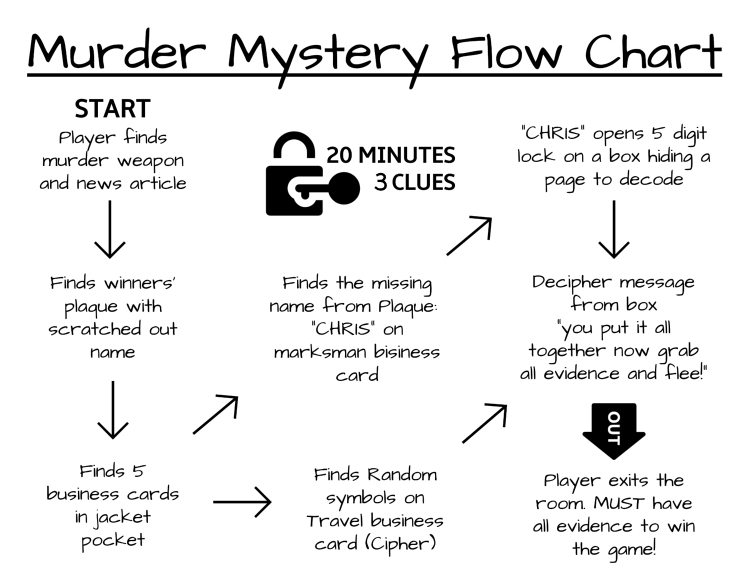
6: Save Your Work
Once you have designed the flow, the theme, and general concept for your room, the hardest steps are over. If you are an independent creator, you may be able to sell the ideas you have at this point to an escape room company. Businesses are always looking for unique and innovative ideas, and they are always looking for new talent. Just make sure to protect your idea. If you have something that is clear and concrete, you will want to make sure that companies cannot recreate your idea on accident. The more specific your theme is, the harder it will be for escape houses to mimic what you have.
7: Clue Design
Much like a screenwriter, once you have submitted your idea, the work is usually over. Once you have taken the money and run, it’s time to buy yourself a nice steak dinner before its back to the grind creating another room. But I say, why stop there? After all, part of the fun is watching your work come to life. Get involved with the creation process. Companies like Big Escape Rooms offer their employees to take a creative role in designing rooms. They may even give creators the task of helping to select props to make the room come alive. Just make sure to stay within the budget provided by the company. (note: Keep in mind that costs don’t just include the price of the props themselves, but also how much it costs to implement, maintain, and/ or replace certain props)
8: The Build Out
This is the part of the process that creators typically are not very involved with. Remember, if you have sold your idea to an Escape House, they have the rights to the idea and can carry out its creation however they so choose. Escape houses will typically have dedicated contractors. This does not mean those creators are without a horse in the race. Creators can submit concept art that gives the escape house an idea of what the room should look like.

9: What’s Next?
Once the room has been built out, the room is done, right? Well… not exactly. For some escape houses, the room speaks for itself. Game guides take players into the room with an introduction and tell them to begin. However, many escape houses prefer a more immersive approach. Some escape houses have immersive videos and hire actors to engross their customers. If you are a designer, you may be able to assist in bringing a character to life or perhaps even create a script for an immersive video!
10: Finally!
The work is done, so the only thing left to do is try it out! Once you have designed the room, try playing along with friends to see if you can escape from the room you have created! Is it what you imagined? What are its strengths or weaknesses? And how can you create the ultimate escape experience? Answer these questions as you play, and it might just help you on your next one!
Have you ever come up with a cool concept for an escape room? Tell us about it in the comments!
We would love to hear from you.
